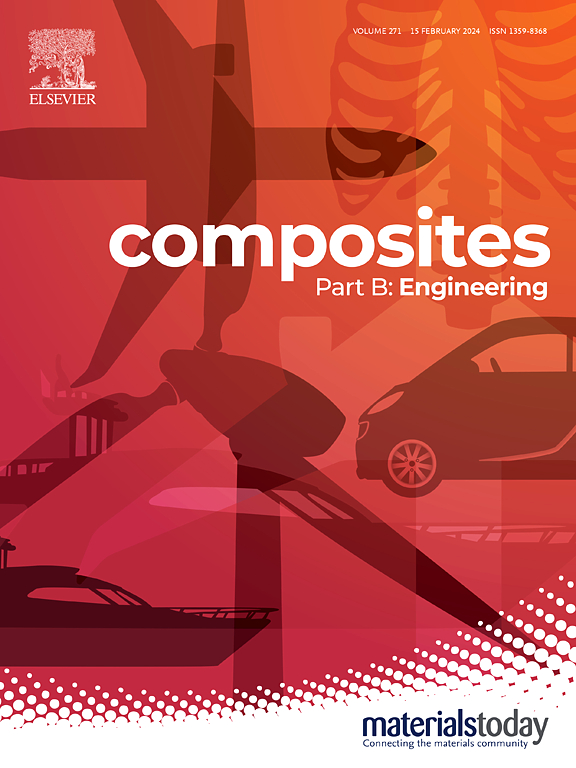利用金属氧团簇通过电化学驱动的电极材料重建来增强水电池的能量储存
IF 12.7
1区 材料科学
Q1 ENGINEERING, MULTIDISCIPLINARY
引用次数: 0
摘要
电极材料的电化学重构是电化学反应过程中常见的现象,但由于初始电极结构复杂多样,使得重构过程异常复杂,因此对重构过程中材料的演化过程仍是一个研究较少的领域。在这项工作中,Bi6多面体簇被用作建筑单元,以减轻初始结构的影响,为揭示电化学驱动的重建提供了机会。通过掺杂金属原子(Fe, Cu, Zn)对组成进行微调,在电化学驱动下重建Bi6多面体簇,得到Cu/Zn共掺杂的Bi2O3/FeOOH纳米异质结构,具有异质晶粒竞争生长、微区应力和金属离子多种功能等独特的结构特征。作为负极材料,其组装的水电池在27.2 kW kg - 1的功率密度下实现了102.2 Wh kg - 1的能量和功率密度的高平衡。该研究为通过电化学重构自发构建新型电极材料铺平了道路,有望加速高性能电化学储能装置的发展。本文章由计算机程序翻译,如有差异,请以英文原文为准。
Enhancing aqueous battery energy storage through electrochemically-driven reconstruction of electrode materials utilizing metal-oxygen clusters
The electrochemical reconstruction of electrode materials is a common phenomenon that occurs during electrochemical reactions, but the evolution process of materials during reconstruction is still a field rarely explored since the intricate and diverse initial electrode structures render the reconstruction process exceptionally complex. In this work, Bi6 polyhedral clusters are used as building units to alleviate the impact of initial structures, providing an opportunity to reveal the electrochemically-driven reconstruction. By fine-tuning the composition by doping metal atoms (Fe, Cu, Zn), the electrochemically-driven reconstruction of Bi6 polyhedral clusters resulted in the Cu/Zn co-doped Bi2O3/FeOOH nanosized heterostructure with distinctive structural features including competitive growth of heterogeneous grains, micro-zone stress, and diverse functionalities of metal ions. As an anode material, its assembled aqueous batteries achieve a high-level equilibrium of energy and power density with 102.2 Wh kg−1 at the power density of 27.2 kW kg−1. This study paves the way for the spontaneous construction of novel electrode materials through electrochemical reconstruction, promising accelerated advancements in high-performance electrochemical energy storage devices.
求助全文
通过发布文献求助,成功后即可免费获取论文全文。
去求助
来源期刊

Composites Part B: Engineering
工程技术-材料科学:复合
CiteScore
24.40
自引率
11.50%
发文量
784
审稿时长
21 days
期刊介绍:
Composites Part B: Engineering is a journal that publishes impactful research of high quality on composite materials. This research is supported by fundamental mechanics and materials science and engineering approaches. The targeted research can cover a wide range of length scales, ranging from nano to micro and meso, and even to the full product and structure level. The journal specifically focuses on engineering applications that involve high performance composites. These applications can range from low volume and high cost to high volume and low cost composite development.
The main goal of the journal is to provide a platform for the prompt publication of original and high quality research. The emphasis is on design, development, modeling, validation, and manufacturing of engineering details and concepts. The journal welcomes both basic research papers and proposals for review articles. Authors are encouraged to address challenges across various application areas. These areas include, but are not limited to, aerospace, automotive, and other surface transportation. The journal also covers energy-related applications, with a focus on renewable energy. Other application areas include infrastructure, off-shore and maritime projects, health care technology, and recreational products.
 求助内容:
求助内容: 应助结果提醒方式:
应助结果提醒方式:


